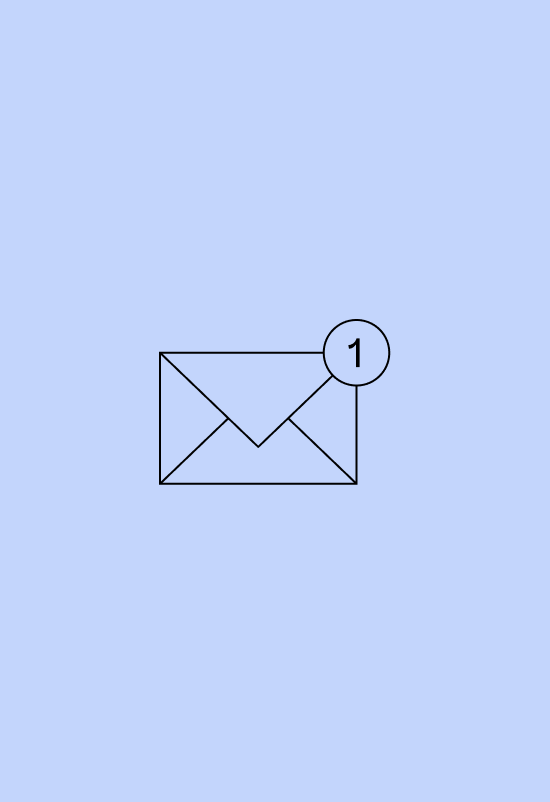One of the top tactics in the acquisition game is capturing an email address or phone number when a customer lands on site. But the median submission rate for a Klaviyo popup form is 2.7% for email and 2.9% for SMS.
Put simply: Most brands have a gaping hole in their ability to reach customers. Consider this screenshot from Drew Sanocki of PostPilot:
Why DTC brands should consider direct mail in one screenshot.
— Drew Sanocki (@drewsanocki) May 2, 2023
1.6M customers in Klaviyo
150K subscribed and actively opening emails in past two months
This brand is hitting just 9% of this *rich* audience if it relies only on email pic.twitter.com/QJM50JaSMp
And this makes sense. Because Klaviyo popups are usually used as an acquisition tool, it means most email addresses acquired are prospects—not customers. So, how do you fix it?
You use Klaviyo popups as part of your retention strategy. In this post, we’ll show you the most underutilized location for a Klaviyo sign-up form, how to build, and what the results look like when you do.
A Case for Klaviyo Popups on the Post-Purchase Confirmation Page
Let’s play out a scenario: Despite your best efforts, you’ve got a customer who has made a purchase without opting into email or SMS marketing.
Think it’s unusual? Check your file. We’re willing to bet you have a sizable list of customers who aren’t subscribed to your retention marketing efforts.
And that makes sense: All it really takes for a customer to miss your email and SMS marketing is to X out of a welcome popup form and use an express checkout option, like ApplePay, PayPal or Shop Pay. If a customer does those two things, they’ve made a purchase without opting into the channels you’ve deemed important for retention.
So, what do you do?
First: Ask yourself why they haven’t.
Popup forms to aid list building and acquisition efforts often make an offer that is acquisition focused. So, they normally offer a percentage off. If your customer isn’t motivated enough by that offer to give you their information, you’ve likely quit on asking them. But there are other offers.
For a customer who has just made a purchase, a Klaviyo popup form can be used to make an offer that’s relevant to making their life easier: You’ll remind them when it’s time to reorder, for instance, or send them personalized recommendations about other products they might like.
And it works: Repeat has been helping brands leverage this tactic to power our Replenishment Reminder play for more than two years. On average, brands convert 20% of customers to their list with this Klaviyo popup location.
How to build a Klaviyo Popup Form for the Post-Purchase Confirmation Page
Setting up a Klaviyo popup form on the post-purchase confirmation page is easy. Here’s a two-minute tutorial on how to do it:
The Value of Klaviyo Popup Forms for Retention Marketing
While you could likely accept capturing 20% more email addresses from customers at face value, there are quantitative benefits to making the ask and capturing the information.
Put simply: Customers who opt into retention-specific offers have higher repeat purchase rates than customers who don’t.
Repeat data shows that brands running popup forms on post-purchase confirmation pages often see roughly 30% higher repeat purchase rates from customers who opt-in.
While you’d likely want to run a holdout test in Klaviyo to see what your incremental lift looks like, a sustained lift of this nature can translate into meaningful LTV gains.
So, it pays to ask again. Just do it with the right offer.


